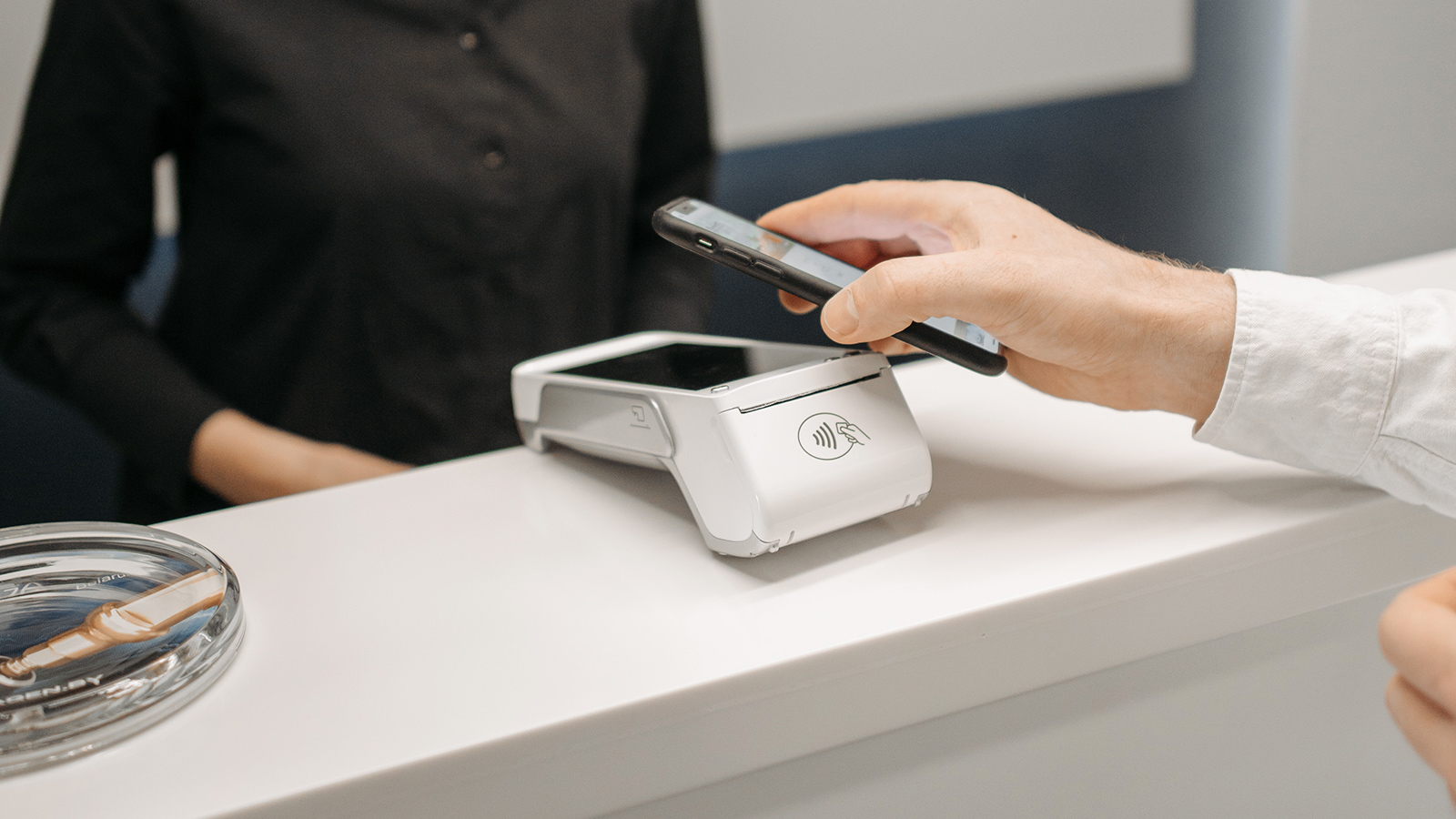Insights
Best practices and tips on spend management, automated expense tracking and corporate debit cards for Australian SMB and enterprise businesses.
Groundbreaking new research has shown that one in three Australian companies have effectively gone cashless during the COVID-19 pandemic. For businesses operating in society today, optimising processes to accommodate a cashless world is key to managing expenses.



